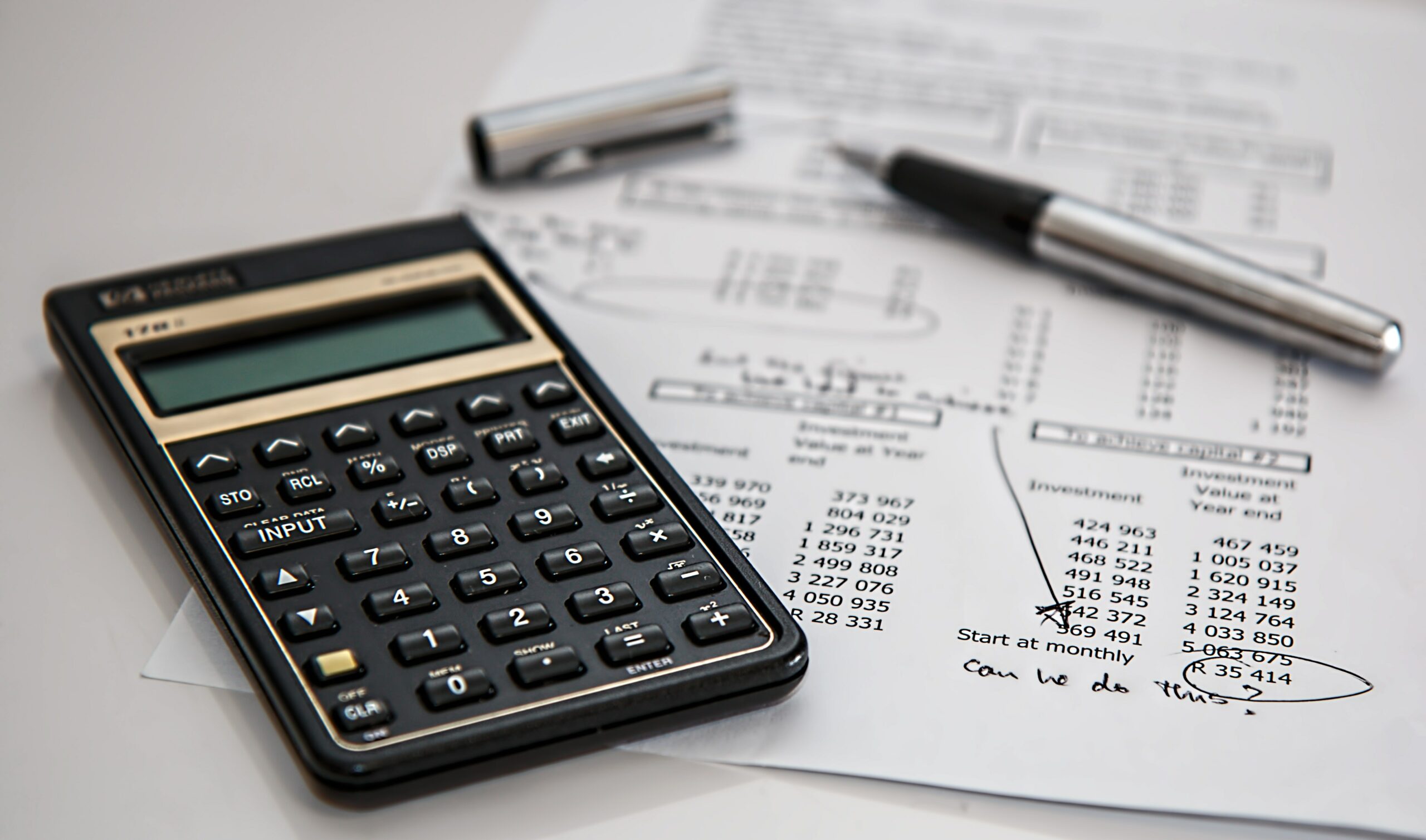Business Bookkeeping and Accounting for Beginners
September 17th 2022
“Running a business takes a lot of work,” confirms Elisabeth Lee of Lis Lee Accounting, who helps service-based solopreneurs learn how to manage their finances with confidence, so they can become more profitable. When you get the financial piece of your business to run more smoothly, you’ll begin to feel more in control and on top of things, she says. You’ll feel more confident about your ability to manage your business.
Although business finances may seem or feel overwhelming, it’s important to remember that “your success is not based on your monthly revenue,” Lis says. Your business financials provide information, but they are not your identity.
Bookkeeping and accounting are processes—a system of recording and reviewing your financial information on a regular basis. They will also change as you and your business grow, Lee says.
“Knowing your numbers allows you to plan and react from a place of empowered confidence, even when the scenario is not what you wish it was,” she says. “Knowledge and awareness still matter. If you are aware of what is, you can make better, more informed decisions and have more options at your disposal.”
Making Time for Finances
To start, decide to set aside time regularly to focus on your finances, Lee says. You might have Finance Fridays or Money Mondays—it doesn’t matter what day—”but pick a time, put it on your calendar, and stick to it,” she says. This will help you stay on top of your financial situation and get the most out of your financial information.
Lee recommends starting by setting a time for 30 minutes. That amount of time “keeps the task approachable and less overwhelming, and if you don’t finish in those 30 minutes, you can get up, do something completely different for five to fifteen minutes, take a little break, and then come back to it, and maybe do another 30-minute session.”
Your focus initially is on recording financial transactions. “Every day, every week, your business is generating transactions that need to be recorded,” Lee says. “These records are what make up your financial reports” and what makes it possible for you to make decisions confidently in your business.
It’s much easier to record business transactions if they are in a separate account so, if you don’t already, you’re going to want to set up a separate business bank account specifically for all of the income and expenses your business will incur. “Make sure it’s an actual business account,” too, Lee says, rather than a personal account you designate as business-related.
Now let’s talk about how to record your sales and expenses, she says.
Tracking Your Sales
When you generate a sale in your business, you need to record that somehow, to make sure know how much money you made throughout the year and also to ensure you’re filing accurate tax returns later.
You can either type each sale into an Excel spreadsheet, or you can import it from your customer relationship management (CRM) or point-of-sale (POS) system that is directly connected to your bank account. “If you are using a bookkeeping system like QuickBooks or Xero or Wave, those can often times connect with your CRM or your point-of-sale to automatically bring your sales in which is super convenient and help save you time and headache along the way, Lee says.
It doesn’t matter how simple or complex your sales processing system is, as long as you take time regularly to make note of each sale and date it.
Monitoring Your Expenses
Once you’ve recorded your revenue, you’re going to want to move on to recording your expenses, says Lee. Where revenue is when you make money in your business through sales, expenses are when you spend money in support of your business.
For ease of tracking your expenses, you should think about the different types of expenses you have. These categories of expenses might include things like telephone, internet, raw materials, and advertising, just to name a few. Labeling different types of costs by category helps you better monitor what you’re spending money on, to spot any changes that affect the business, and also help you when you file your taxes. There your expenses need to be categorized in order to claim them as deductions.
“The tax authorities do have rules and regulations as to what things can be deducted and how you need to record those things to make sure they are legitimate deductions,” Lee points out. “Best practices are to make sure you keep a record of everything you spent in your business.” So, if you’re using accounting software, that can make this process a lot easier for you because you can actually connect your bank account to the software and it will import every single transaction and all you need to do is review those transactions and label it by what the business purpose was; what did you spend the money on and for what purpose, when did you buy it, and do you have a receipt as proof.
Using accounting software will make expense tracking much easier, especially when you connect it to your business bank account. QuickBooks, Xero, and Wave are the three Lee recommends.
Generating Financial Reports
Once you’ve tallied how much money your business has earned (sales), as well as what you’ve spent to keep the business running (expenses), your accounting software can easily generate reports to help you make better business decisions.
You’ll want to consider generating the following reports at least quarterly:
- Profit and loss (also called an income statement). This report calculates your net income by subtracting your expenses from your income for the time period specified, such as weekly, monthly, or quarterly. This report breaks down how much you earned revenue-wise and what you spent in each category for that period, which can help with expense management.
- Balance sheet. Your balance sheet helps lenders assess how your business is doing, by looking at what you own and what you owe. Your assets include your cash, physical items, real estate, inventory, and equipment, for example, and your liabilities and equity include all of your debt and your ownership in the business, such as your investments, money made, and money taken out of the business. A balance sheet “helps assess the health of your business,” Lee says, and “you want to have more assets than liabilities.”
Lee also recommends exploring the Profit First methodology as a way to ensure you are building profitability into your business.
Setting up systems for tracking your revenue and expenses regularly can help you make smart decisions about where to focus your time and resources so that you can build a profitable business.



















